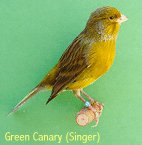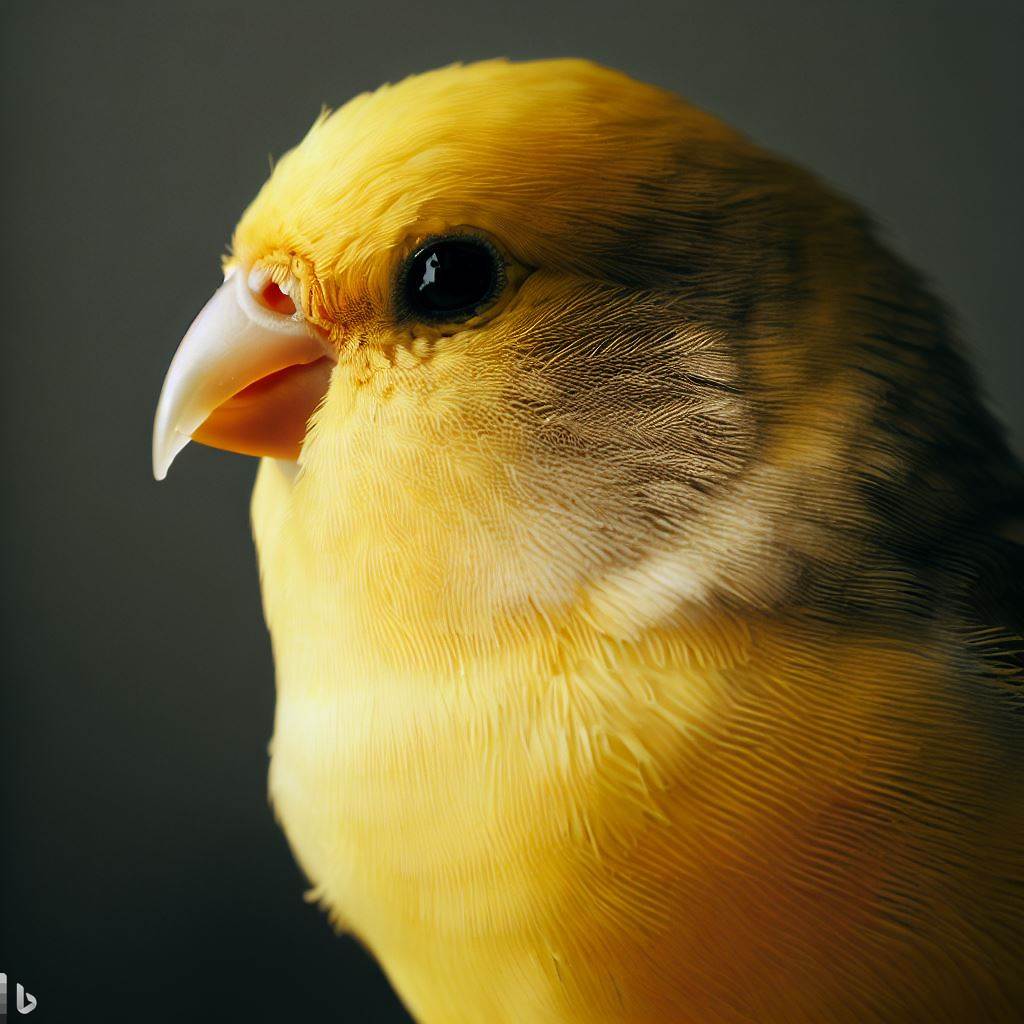
These birds are a type of finch that is native to the Canary Islands, after which they are named. The wild canary, which still exists, is brownish green and looks like a sparrow. Captive bred for 500 years, the yellow mutation has long been the most popular. Today, canaries are available in many colors and a range of sizes, shapes, and patterns.

Canaries were the most common cage birds in the world for many years. Although not difficult to breed, they require a special diet and lighting to reproduce and are not as prolific as budgies or some finches. For that reason, they tend to be more expensive. Usually somewhat aloof in nature, most do not typically bond to people, although some people have tamed their pet canaries. However, this characteristic makes a canary more suitable for someone who does not want to spend a lot of quality time with their bird.
As with any pet, it is best to buy a canary directly from a breeder. For referrals, contact a local bird club, veterinarian, or pet shop that only sells supplies. A good breeder should band their birds in order to identify them and prevent inbreeding. They should also provide you with care instructions and a food sample. It is a good idea to get your own book on canary care for reference.
It is difficult to determine the sex of a canary, especially if less than a year old. Even experienced breeders get fooled. Adult male canaries usually sing, but some hens sing and so do young birds of either gender. Canaries usually hatch in the spring and become mature in the fall or winter, but are not old enough to breed until the following spring.
If a songbird is what you want, get a mature male and ask for a guarantee that he will sing within two weeks. Do not put any other bird in the same cage, not even a female canary. Never clip their wings, they need to fly for exercise. The normal untamed canary should not be let out, so get as large a cage as you can. A daily check of food and water is best, although they can be left alone for an occasional weekend trip. Let your canary sleep after sunset, either move him to a dark room in the evening or cover the cage with a blackout sheet. In the summer when the days are long, it is natural for them to molt (replace all their feathers) and they do not sing for a few weeks during this process.
A well cared for pet canary may live for 10 years or longer. Their song and beauty can provide a bit of cheerful nature in our homes. As our lives become increasingly urban, a canary can be a soothing pet for anyone!

